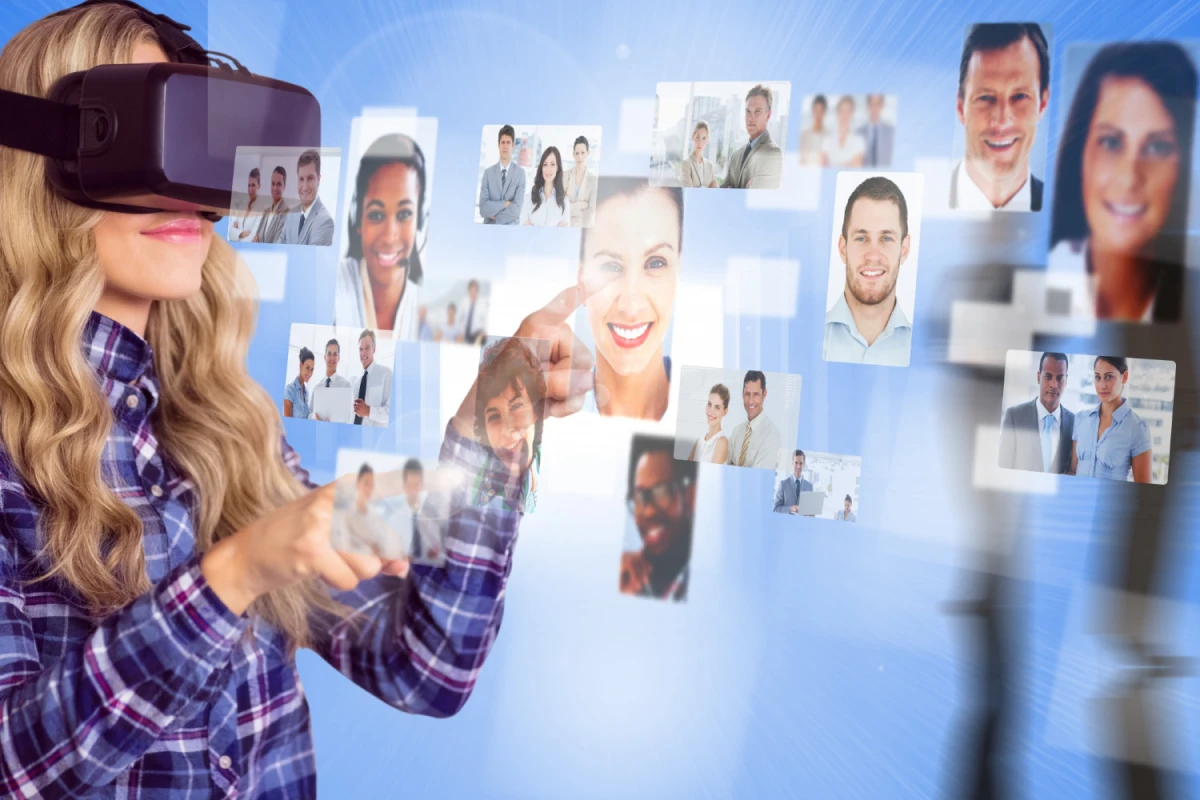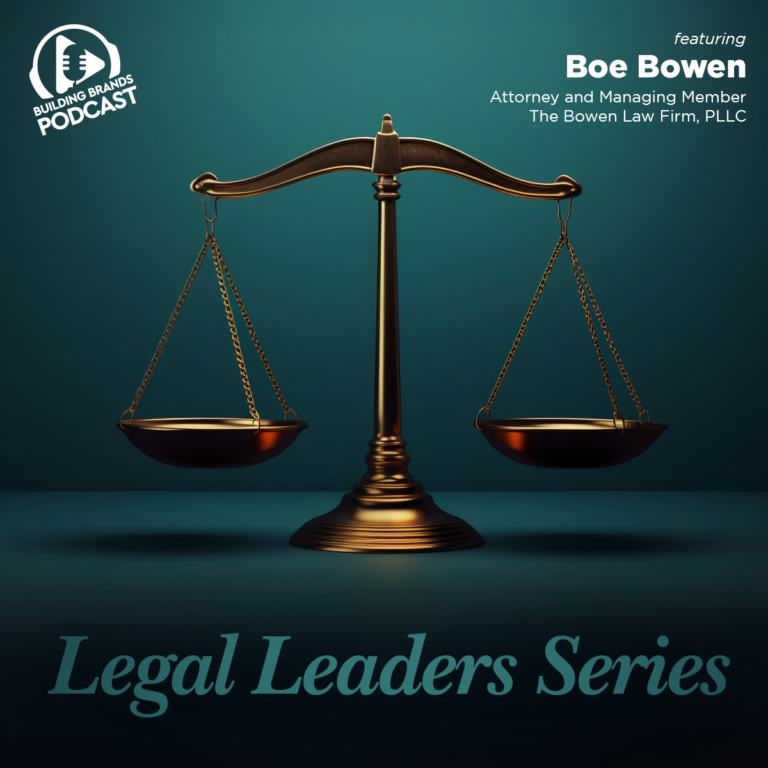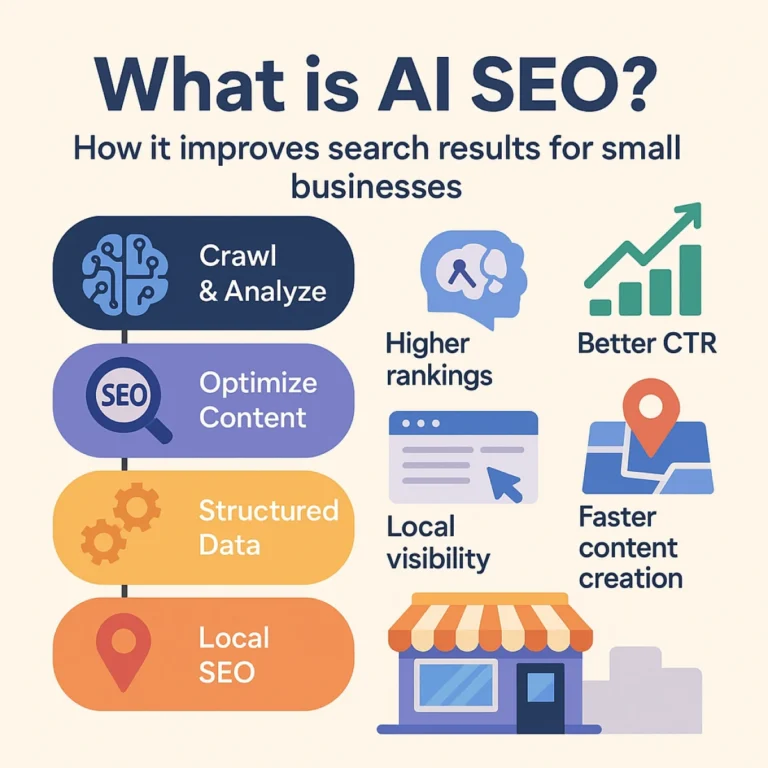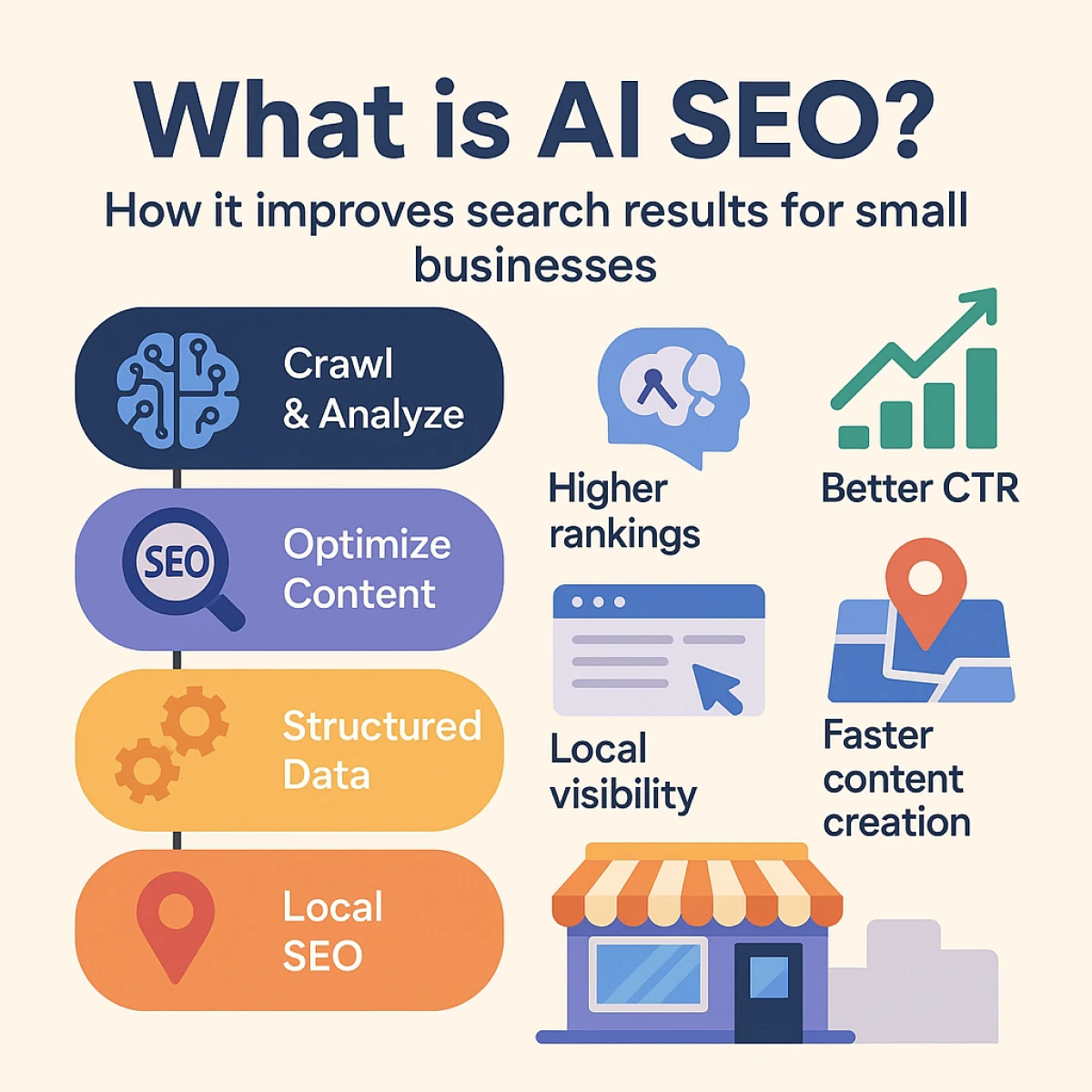Hello there, it’s nice to see you again! Today, we’re diving into the exciting world of immersive marketing and how it is revolutionizing the way brands engage with their audience online. Get ready to explore the fusion of the digital and physical realms, as we uncover the power of immersive marketing experiences.
What is Immersive Marketing?
Immersive marketing, also known as phygital marketing or immersive digital marketing, is a cutting-edge approach that combines the best of both the physical and digital worlds. It aims to create captivating and interactive experiences that deeply engage customers, leaving a lasting impression. In a world that is increasingly digital, immersive marketing allows brands to bridge the gap between the virtual and real, providing customers with unique and memorable encounters.
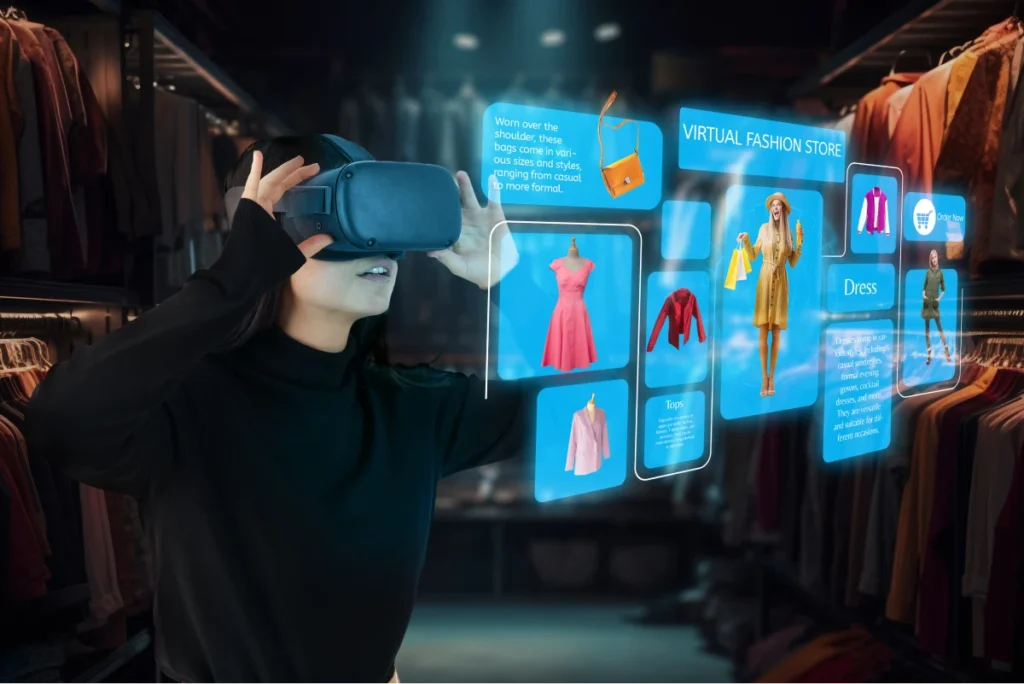
The Rise of Immersive Experiences
In recent years, we’ve witnessed a rise in immersive experiences, driven by technology advancements and changing consumer preferences. Virtual Reality (VR), Mixed Reality (MR), and Augmented Reality (AR) have become household terms, transforming the way we interact with brands. These technologies offer users a chance to step into a different world, whether it’s exploring a virtual store, experiencing a product firsthand, or engaging with interactive digital elements overlaid on the real world.
The Power of Experiential Marketing
Immersive marketing is closely tied to the concept of experiential marketing. It goes beyond traditional advertising methods and focuses on creating meaningful experiences that connect with customers on an emotional level. By immersing customers in a brand’s story, values, and products, immersive marketing enables deeper brand engagement and fosters loyalty. It allows customers to not just see or hear about a product but to truly experience it.
Why Immersive Marketing Matters
Now that we understand what immersive marketing is, let’s dive into why it matters.
1. Enhanced Customer Engagement
Immersive marketing offers a level of customer engagement that traditional marketing methods can’t match. By providing interactive and immersive experiences, brands can capture the attention and interest of their audience in a way that feels personal and engaging. Customers are more likely to remember and connect with brands that offer unique and memorable experiences.
2. Differentiation in a Crowded Marketplace
In today’s landscape, standing out from the crowd is a must. Immersive marketing allows brands to differentiate themselves by offering something memorable. By creating immersive experiences that are tailored to their target audience, brands can carve out a distinct identity and position themselves as leaders in their industry.
3. Building Emotional Connections
Emotions play a significant role in consumer decision-making. Immersive marketing taps into the power of emotions by creating experiences that elicit strong emotional responses. Whether it’s excitement, joy, or curiosity, immersive marketing allows brands to forge emotional connections with their audience, leading to increased brand loyalty.
4. Increased Brand Awareness and Recall
Immersive experiences have a higher likelihood of being remembered compared to traditional advertising methods. By immersing customers in a brand’s story and values, immersive marketing creates a lasting impact and improves brand recall. When customers remember a brand’s immersive experience, they are more likely to share it with others, leading to increased brand awareness and reach.
Strategies for Implementing Immersive Marketing
Now that we understand the benefits of immersive marketing, let’s explore some strategies for implementing it effectively.
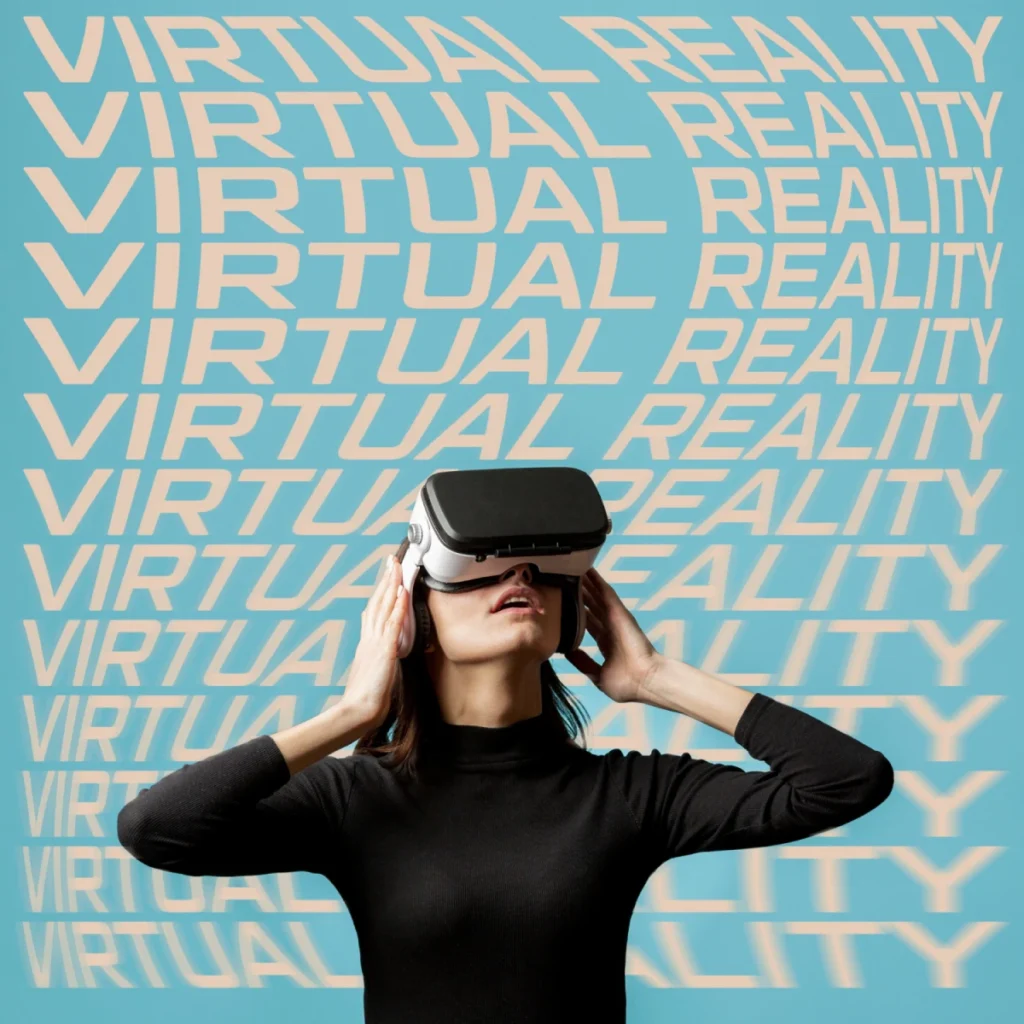
1. Virtual Reality (VR) Experiences
Virtual Reality offers a fully immersive digital experience that transports users to a virtual world. Brands can leverage VR to create unique and interactive experiences, such as virtual store tours, product demonstrations, or virtual events. By allowing customers to step into a virtual environment, brands can provide a memorable and engaging experience that sets them apart from the competition.
2. Augmented Reality (AR) Campaigns
Augmented Reality overlays digital elements onto the real world, enhancing our perception of reality. Brands can use AR to create interactive experiences that blend the physical and digital realms. For example, AR apps can allow customers to visualize products in their own homes or try on virtual clothing. By incorporating AR into their marketing campaigns, brands can provide customers with a more personalized and interactive shopping experience.
3. Mixed Reality (MR) Experiences
Mixed Reality combines elements of both VR and AR, allowing users to interact with both physical and digital objects simultaneously. Brands can leverage MR to create immersive experiences that seamlessly blend the real and virtual worlds. For example, MR can be used to create interactive displays in physical stores or to enhance live events with digital elements. By incorporating MR into their marketing strategies, brands can create truly captivating and memorable experiences.
4. Gamification
Gamification is the integration of game mechanics and elements into non-game contexts. Brands can leverage gamification to make their immersive experiences more engaging and interactive. For example, creating virtual treasure hunts or challenges within an AR app can incentivize customers to explore and engage with the brand. By adding an element of fun and competition, gamification can enhance customer engagement and make the experience more memorable.
5. Personalization and Customization
One of the key advantages of immersive marketing is the ability to deliver personalized experiences to customers. By leveraging customer data and preferences, brands can create tailored immersive experiences that resonate with each individual. Whether it’s personalized product recommendations in a virtual store or customized AR filters, personalization enhances the overall customer experience and increases engagement.
Successful Examples of Immersive Marketing
To truly understand the power of immersive marketing, let’s take a look at some of the top successful examples recently from various industries!
1. IKEA Place
IKEA Place is an AR app that allows customers to visualize how furniture will look in their own homes. By simply pointing their smartphone camera at a space, customers can see virtual furniture placed in real-time. This immersive experience not only helps customers make informed purchase decisions but also enhances their overall shopping experience.
2. Pokémon GO
Pokémon GO took the world by storm with its innovative use of augmented reality. The game allowed players to capture virtual Pokémon creatures in real-world locations. By blending the physical and digital worlds, Pokémon GO created a truly immersive experience that engaged millions of players worldwide.
3. Mercedes-Benz AR Experience
Mercedes-Benz launched an AR experience that allowed customers to explore and interact with their latest car models. The app enabled users to view the cars in 3D, customize them with different colors and features, and even take virtual test drives. This immersive experience allowed customers to engage with the brand and its products in a unique and memorable way.
4. Coca-Cola’s AR Santa Claus
Coca-Cola used AR to bring Santa Claus to life during the holiday season. Customers could use the Coca-Cola app to scan special cans and see an animated Santa Claus appear in their real-world environment. This immersive experience not only created a sense of joy, but also reinforced Coca-Cola’s association with the holiday season.
The Future of Immersive Marketing
As technology continues to advance, the future of immersive marketing looks even more promising. Here are a few immersive marketing trends to look out for in 2024!
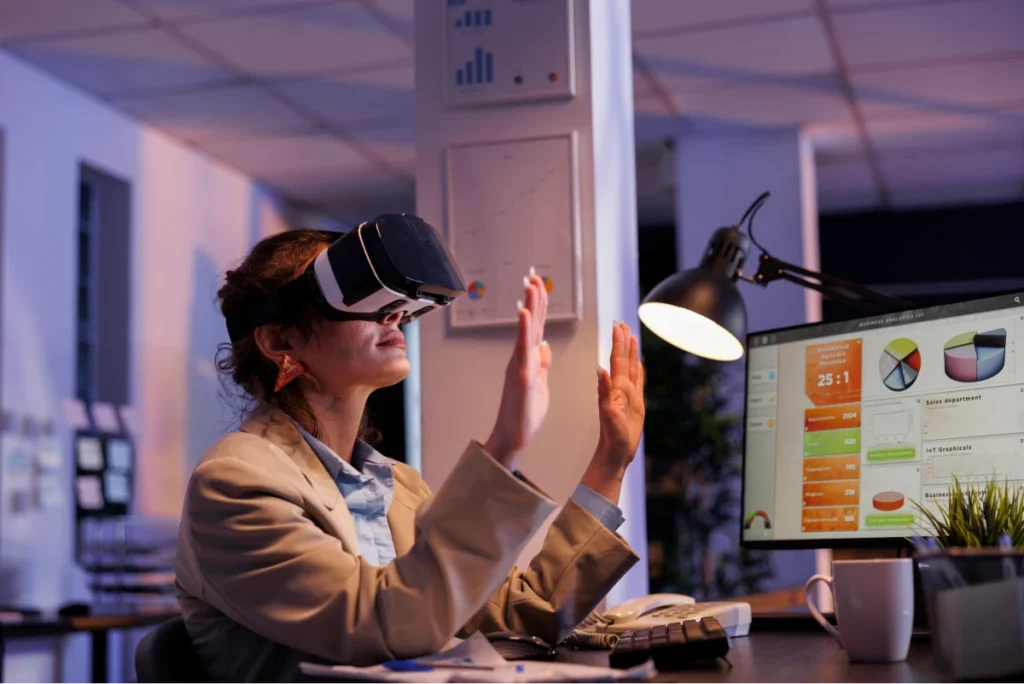
1. Integration of Artificial Intelligence (AI)
Artificial Intelligence is expected to play a significant role in the future of immersive marketing. AI can enhance immersive experiences by providing personalized recommendations, real-time interactions, and intelligent analytics. By leveraging AI, brands can create even more tailored and engaging experiences for their customers.
2. Virtual Try-On Experiences
Virtual try-on experiences are becoming increasingly popular, especially in the fashion and beauty industries. By using AR or MR, customers can virtually try on clothing, accessories, or makeup, allowing them to make more informed purchase decisions. This trend is likely to continue, as brands find ways to enhance the virtual try-on experience.
3. Social Commerce and Immersive Shopping
Social media platforms are evolving to become more immersive and interactive. Brands can leverage these platforms to create immersive shopping experiences, where customers can browse and purchase products without leaving the social media app. This integration of social media and immersive marketing opens up new possibilities for brands to connect with their audience.
4. Virtual Events and Experiences
The COVID-19 pandemic has accelerated the shift towards virtual events and experiences. Virtual conferences, concerts, and exhibitions have become the norm. In the future, we can expect more immersive and interactive virtual events, where attendees can engage with brands and each other in a virtual environment.
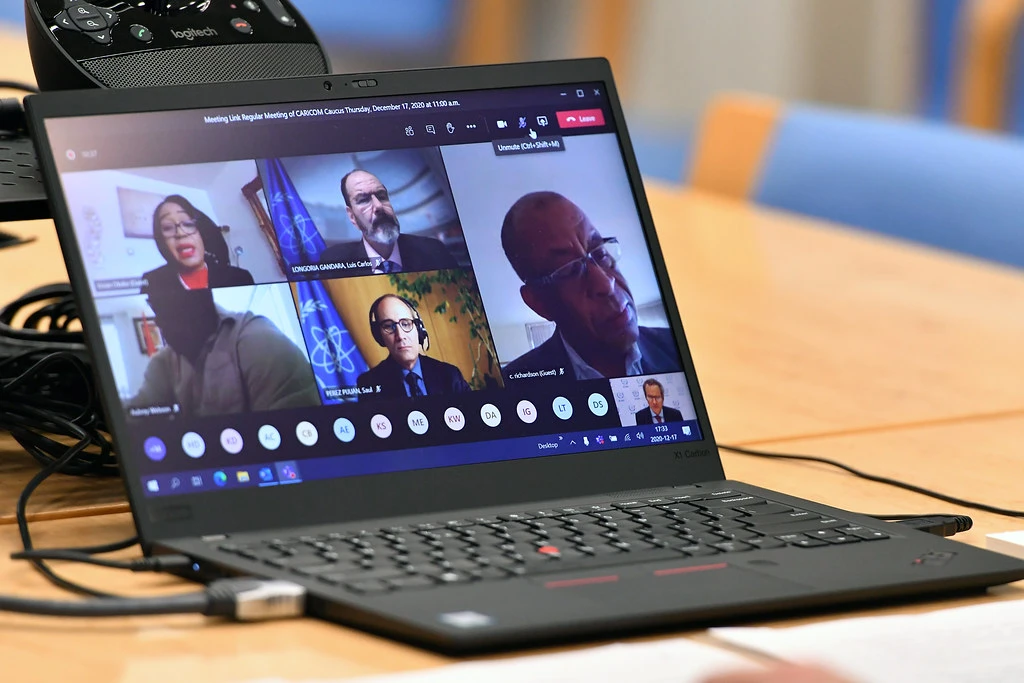
Immersive Marketing Has Arrived, So Be Ready
In conclusion, immersive marketing is a game-changer for brands looking to create unique and memorable experiences for their customers. By blending the physical and digital worlds, brands can engage with their audience on a deeper level and differentiate themselves in a crowded marketplace. As technology continues to evolve, the possibilities for immersive marketing are becoming more and more endless.

